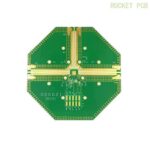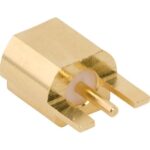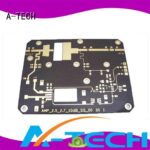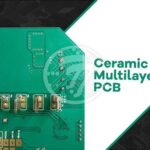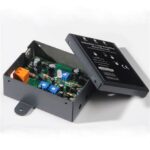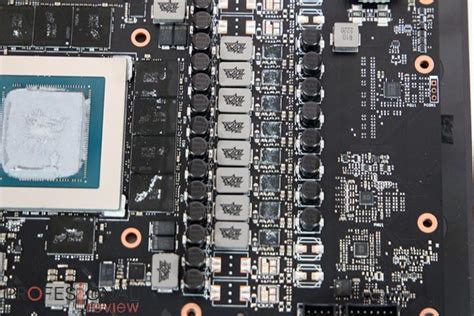
ALL ABOUT FLEX PCB
-
 Read more: Large ASU PCB Copy Board and Set of Technologies in China
Read more: Large ASU PCB Copy Board and Set of Technologies in ChinaIntroduction to ASU PCB ASU PCB, or Advanced Substrate Unicorn Printed Circuit Board, is a cutting-edge technology that has revolutionized the electronics industry in China. This innovative PCB design offers superior performance, reliability, and cost-effectiveness compared to traditional PCB technologies. In this article, we will explore the various aspects of […]
-
Blind and Buried Vias
Posted by
–
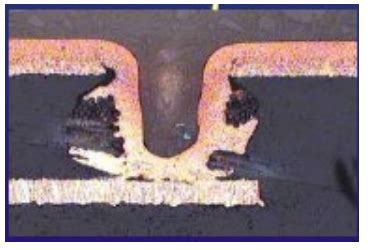 Read more: Blind and Buried Vias
Read more: Blind and Buried ViasWhat are Blind-Buried-Vias? Blind and buried vias are two types of interconnects used in printed circuit board (PCB) design. These vias provide electrical connections between different layers of a multi-layer PCB, allowing for more complex and compact designs. Unlike through-hole vias, which span the entire thickness of the board, blind […]
-
What is Pad to Pad (PP)?
Posted by
–
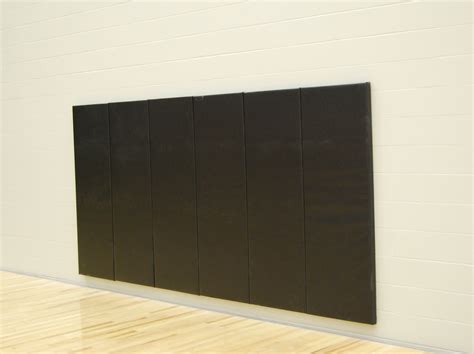 Read more: What is Pad to Pad (PP)?
Read more: What is Pad to Pad (PP)?Why is Pad to Pad Spacing Important? Pad-to-Pad spacing plays a crucial role in several aspects of PCB design and manufacturing: 1. Component Placement The pad-to-pad distance directly affects the placement of components on the PCB. It determines how closely components can be placed next to each other without causing […]
-
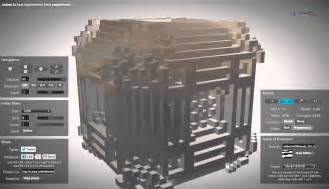 Read more: I O Optimization with 3D SoC SiP and PCB co design
Read more: I O Optimization with 3D SoC SiP and PCB co designIntroduction to I/O Optimization and 3D SoC SiP I/O optimization is a critical aspect of modern electronic system design, particularly with the increasing complexity and functionality of System-on-Chip (SoC) and System-in-Package (SiP) solutions. The demand for higher performance, lower power consumption, and smaller form factors has driven the adoption of […]
-
Ten Common problems in PCB Design
Posted by
–
 Read more: Ten Common problems in PCB Design
Read more: Ten Common problems in PCB DesignInadequate Planning and Documentation One of the most significant PCB Pitfalls is inadequate planning and documentation. Before starting your design, it’s essential to have a clear understanding of the project requirements, constraints, and goals. This includes creating a detailed schematic, bill of materials (BOM), and layout plan. Tips for Effective […]
-
What About Underwriters Laboratory (UL)?
Posted by
–
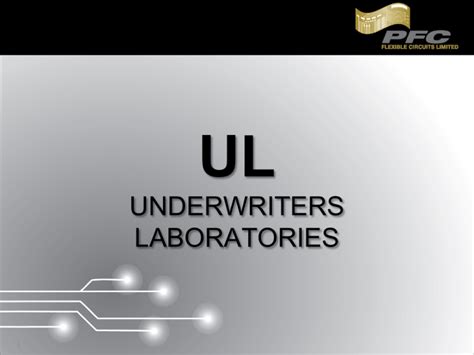 Read more: What About Underwriters Laboratory (UL)?
Read more: What About Underwriters Laboratory (UL)?Table of Contents History of Underwriters Laboratory UL’s Mission and Purpose UL Standards and Certifications The UL Mark UL’s Testing Process UL’s Global Reach UL’s Impact on Consumer Safety UL’s Role in Sustainability UL’s Partnerships and Collaborations The Future of Underwriters Laboratory Frequently Asked Questions (FAQ) Request Flex PCB Manufacturing […]
-
SMT Process Introduction
Posted by
–
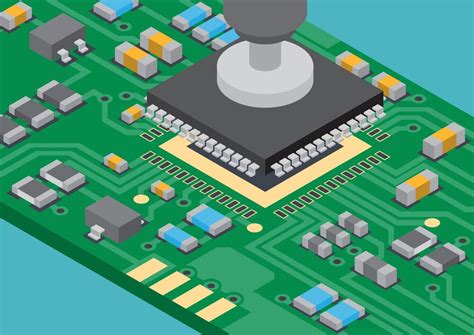 Read more: SMT Process Introduction
Read more: SMT Process IntroductionWhat is Surface-mount technology (SMT)? Surface-mount technology is a method of assembling electronic components directly onto the surface of a printed circuit board. Unlike through-hole technology (THT), where component leads are inserted into holes drilled in the PCB and soldered on the opposite side, SMT components are placed and soldered […]
-
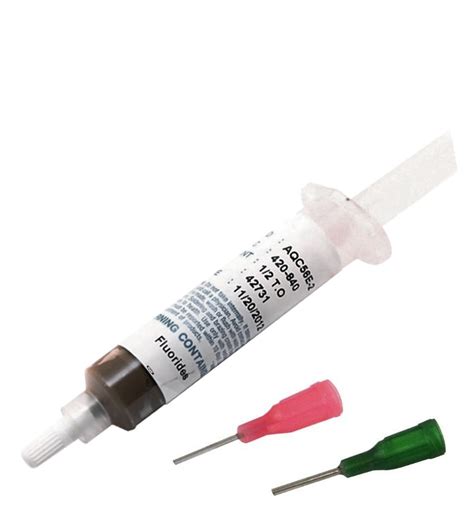 Read more: How to Choose, Store, and Use Solder Paste for Assembly
Read more: How to Choose, Store, and Use Solder Paste for AssemblyIntroduction to Solder Paste Solder paste is a crucial component in the electronics assembly process, especially for Surface-mount technology (SMT). It is a mixture of tiny solder particles suspended in a flux medium, which helps to establish electrical and mechanical connections between electronic components and printed circuit boards (PCBs). Choosing […]
-
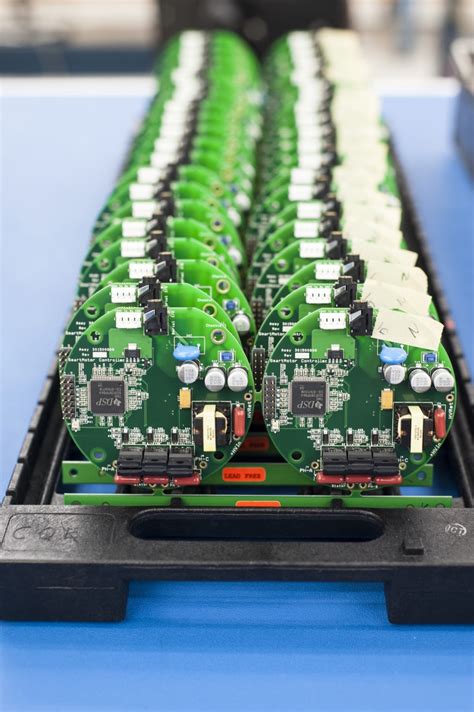 Read more: Printed Circuit Board Assembly Definition, Technology, and Uses
Read more: Printed Circuit Board Assembly Definition, Technology, and UsesWhat is PCB Assembly? PCB assembly is the process of assembling electronic components onto a printed circuit board (PCB) to create a functional electronic device. The PCB is a flat board made of insulating materials, such as fiberglass or plastic, with conductive pathways etched onto its surface. These pathways, known […]
-
What is Cu (Copper)?
Posted by
–
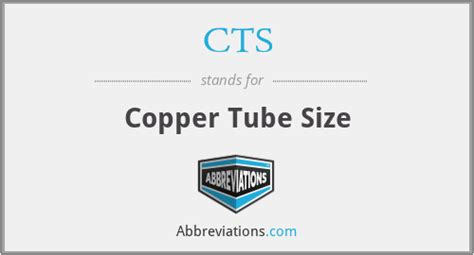 Read more: What is Cu (Copper)?
Read more: What is Cu (Copper)?Properties of Copper Physical Properties Property Value Atomic Number 29 Atomic Mass 63.546 g/mol Density 8.96 g/cm³ Melting Point 1084.62°C Boiling Point 2562°C Specific Heat Capacity 0.385 J/(g·K) Thermal Conductivity 401 W/(m·K) Electrical Conductivity 5.96 × 10⁷ S/m Crystal Structure Face-Centered Cubic (FCC) Copper has a face-centered cubic crystal structure, […]
